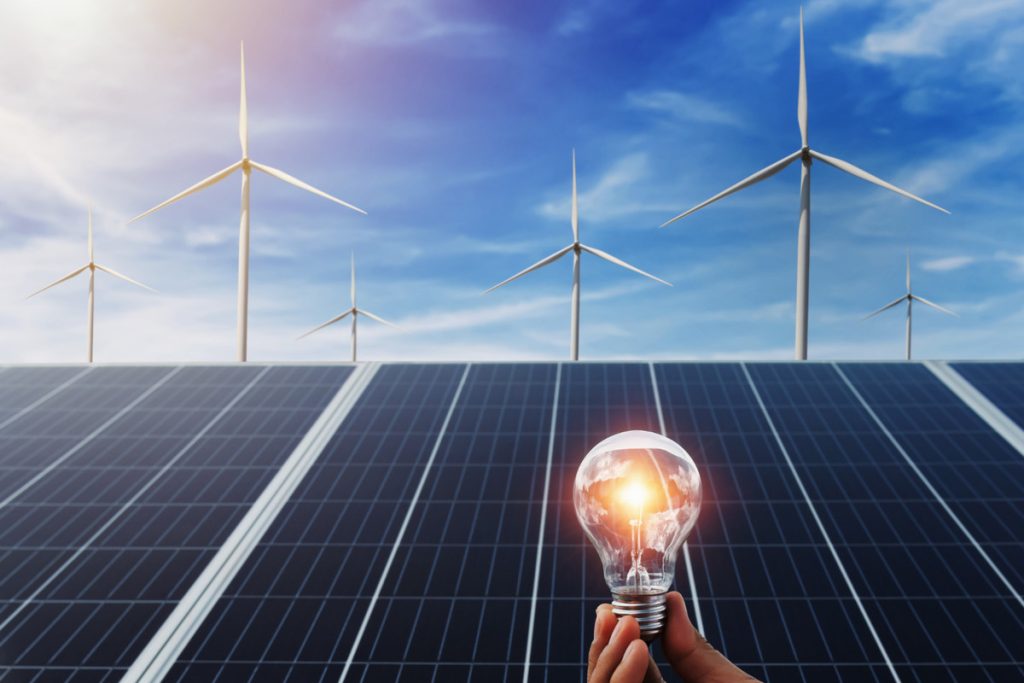Renewable Energy’s Impact on the Environment
Renewable energy sources, such as solar, wind, and hydropower, are essential in reducing the world’s dependence on fossil fuels. These energy sources play a vital role in lowering carbon emissions, which contribute significantly to climate change. As we transition towards renewable energy, we are not only protecting natural resources but also improving air and water quality. The reduction in pollution levels results in healthier ecosystems and more sustainable living conditions for future generations. By adopting these technologies, we can achieve a cleaner, greener planet for all.
Advantages of Solar Power
Solar energy has grown in popularity over the years, providing a sustainable and cost-effective energy solution. Solar panels, which convert sunlight into electricity, are a great way to reduce energy costs for homeowners and businesses alike. With decreasing prices for solar technology and increasing efficiency, solar power has become more accessible to a broader range of people. Additionally, solar power systems require minimal maintenance, making them an attractive option for those looking to invest in renewable energy. As the global demand for solar energy rises, it is expected that more individuals and corporations will adopt solar power solutions to lower their carbon footprint.
Wind Energy and Its Potential
Wind energy has become one of the most widely used sources of renewable energy worldwide. Wind turbines harness the power of the wind to generate electricity, and advancements in turbine technology have made wind power more efficient and reliable than ever before. Offshore wind farms, in particular, are expected to revolutionize the industry by providing massive amounts of energy while minimizing the impact on land ecosystems. Wind energy also offers a significant advantage in terms of scalability, as turbines can be installed on a large scale to meet growing energy demands. Wind energy’s growth potential makes it one of the most promising solutions for sustainable power generation.
Challenges in Transitioning to Renewable Energy
Despite the benefits of renewable energy, there are several challenges to overcome in transitioning from fossil fuels to cleaner alternatives. One major issue is the high initial investment required for renewable energy technologies, such as solar panels and wind turbines. Governments and businesses must invest in the infrastructure needed to support these technologies, which can take time and significant financial resources. Another challenge lies in energy storage. Renewable energy sources like solar and wind depend on weather conditions, meaning that energy production can be intermittent. Developing better storage technologies will be crucial to ensuring a stable supply of energy, even when the sun isn’t shining or the wind isn’t blowing.
Global Trends in Renewable Energy
The global transition to renewable energy is accelerating, with countries investing more in clean technologies and setting ambitious targets for reducing greenhouse gas emissions. Governments around the world are offering subsidies and incentives to encourage businesses and individuals to invest in renewable energy systems. As a result, the demand for solar panels, wind turbines, and other green technologies continues to rise. In addition to environmental concerns, the growing focus on energy independence and national security is driving investments in renewable energy. As nations work to reduce their reliance on imported fossil fuels, renewable energy offers a more secure, stable, and sustainable energy future.
The Role of Government in Promoting Renewable Energy
Governments play a pivotal role in promoting renewable energy and ensuring its successful integration into national energy grids. By implementing policies and regulations that favor clean energy, governments can help accelerate the transition to a greener future. Financial incentives, such as tax credits and grants, encourage both individuals and businesses to invest in renewable energy systems. Additionally, governments can invest in research and development to improve the efficiency and affordability of renewable technologies. With the right support and leadership, governments can drive the global shift towards a renewable energy economy, ensuring a more sustainable future for all.
Conclusion
The future of energy is undoubtedly renewable. As we continue to face the challenges posed by climate change, transitioning to clean energy sources like solar, wind, and hydropower is essential. While challenges remain, such as high initial costs and energy storage, the benefits of renewable energy far outweigh the drawbacks. By investing in renewable technologies and working together to overcome these challenges, we can create a cleaner, healthier, and more sustainable future for generations to come.
Frequently Asked Questions
- What is renewable energy?
- Renewable energy is derived from natural resources that are constantly replenished, such as sunlight, wind, and water.
- How does solar energy work?
- Solar panels convert sunlight into electricity, providing a clean and renewable source of power for homes and businesses.
- What are the benefits of wind energy?
- Wind energy is a clean and renewable resource that helps reduce carbon emissions and promotes energy independence.
- What are the challenges of renewable energy?
- High initial costs and the need for better energy storage solutions are some of the main challenges of renewable energy.
- How can governments promote renewable energy?
- Governments can offer financial incentives, implement supportive policies, and invest in research to encourage renewable energy adoption.

